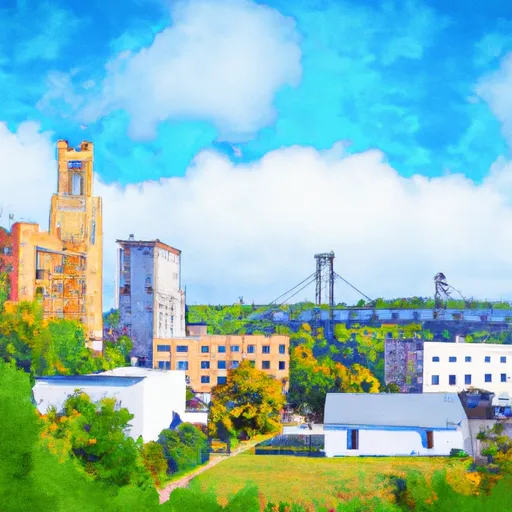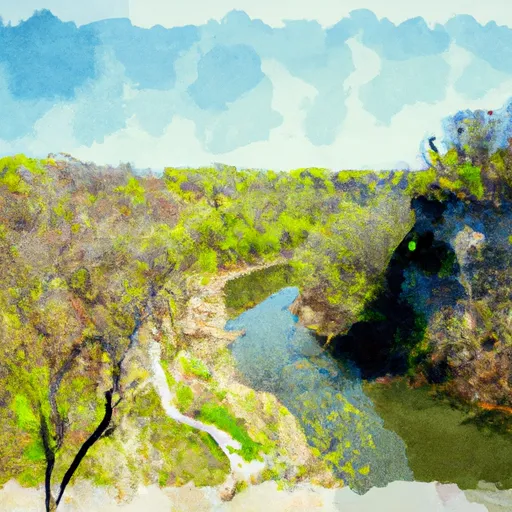°F
°F
mph
Windspeed
%
Humidity











High-Bridge, Wisconsin is a small town located in the northwestern part of the state. The climate in High-Bridge is known for its cold winters and mild summers with temperatures ranging from below zero to the mid-70s Fahrenheit. The town is surrounded by numerous lakes and rivers, making it an ideal location for fishing, boating, and other water sports. The hydrology constituents of the area include the Flambeau River and the Chippewa River, both of which provide excellent opportunities for recreation. Other outdoor activities include hiking, camping, and hunting in the nearby Chequamegon-Nicolet National Forest. Overall, High-Bridge offers a variety of outdoor recreation opportunities for nature enthusiasts.
Weather Forecast
High-Bridge receives approximately 841mm of rain per year, with humidity levels near 83% and air temperatures averaging around 5°C. High-Bridge has a plant hardyness factor of 4, meaning plants and agriculture in this region thrive during a short period during spring and early summer. Most plants will die off during the colder winter months.
Regional Streamflow Levels
586
Cubic Feet Per Second
5
Cubic Feet Per Second
5,860
Cubic Feet Per Second
577
Cubic Feet Per Second
Nearby Camping
| Camping Area | Reservations | Toilets | Showers |
|---|---|---|---|
| North Rec Composite | |||
| Tickfaw State Park | |||
| Little Sunflower River | |||
| Lake Charlie Capps | |||
| Lamar Dixon Expo RV Center | |||
| South Recreation Composite |



